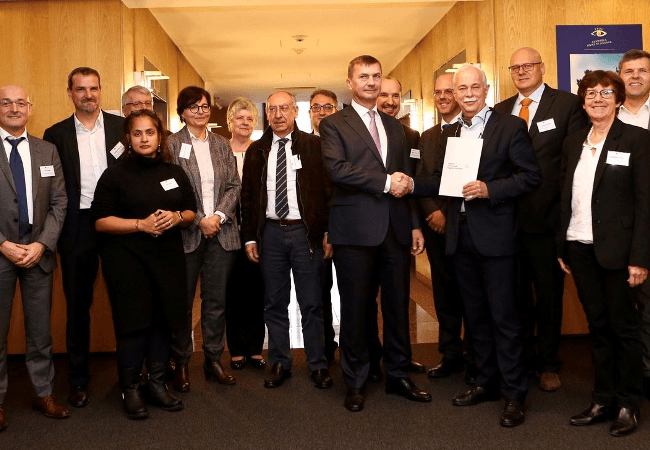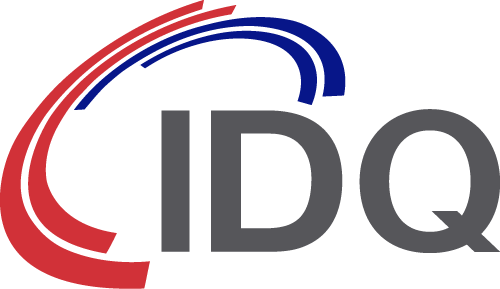Quantum Technologies Flagship Final Report
The European Commission is preparing the ground for the launch in 2018 of a €1 billion flagship initiative on quantum technologies, to put Europe at the forefront of the second quantum revolution, bringing transformative advances to science, industry and society.

The QT Flagship initiative is expected to turn Europe’s excellent research results in areas like quantum secure communication, quantum sensing and quantum simulation and computing into concrete technological opportunities that can be taken up by industry.
A few days ago, the final report from the Quantum Technologies Flagship High-Level Expert Group was handed over to the European Commission.
Chaired by Prof. Dr. Jurgen Mlynek, the committee features academics from Switzerland, Germany, France, Denmark, Italy, Spain, Sweden, Poland, Holland and the UK. From a business perspective, the committee features senior executives from leading IT and electronics companies; including Ericsson, Thales, Siemens and ID Quantique (represented by CEO Grégoire Ribordy).
Key presenters at the event include Nobel laureate Konstantin Novoselov and European Commission Vice-President Andrus Ansip. (read his recent blog on the Quantum Flagship).
If Europe is to benefit fully from the second quantum revolution it will need to start “fast and focused”. Preparations should already be underway to have the first Flagship-Funded projects started by 2019.
About the Report
The aim of the committee was to deliver a strategic research agenda for quantum technologies, along with models for implementation and governance. The strategic research agenda was published in the interim report and included ambitious goals for the QTF’s ten-year lifespan. This final report includes detailed recommendations for implementation and governance; including a set of “guiding principles”.
The report covers the strategic research agenda (SRA) describing a structure around four vertical domains representing the application areas in the field: Communication, Computation, Simulation and Sensing/Metrology. This SRA includes key milestones at three, six and ten years hence.
For quantum communications, the report proposes the establishment of certification and standards for QRNG and QKD devices within 3 years. These systems will address high-speed network communications over metropolitan distances; providing high secure key rates and low deployment costs.
The six-year objectives include wide area quantum networks, inter-connected cities and user-defined quantum applications. The ten-year horizon would see autonomous, metro area networks connected over long distances (>1000km) and entanglement-based networks comprising the quantum internet.
For quantum sensing and metrology, the short-term objectives see quantum sensors and imaging systems employing single qubit coherence to outperform their classical counterparts. The medium-long term will see integrated quantum sensor, imaging and metrology standards in place; with a range of products emerging from the laboratory into commercial applications.
Positioning the importance of the QTF, the report recognises: “A global race for technology and talent has started to profit from the promising future of quantum applications. As governments and companies worldwide, including Google, IBM, Intel, Microsoft and Toshiba, are investing substantially to unleash the QT potential, there is a strong urgency for Europe to start fast with real focused and consolidated efforts to keep up with global developments.”
The report details recommendations on how to combine and coordinate the strengths of European agencies, which types of projects to fund and how to assemble the most suitable resources to achieve the goals of the Flagship. It calls for funding of ambitious, coherent research and innovation projects.
As a part of the implementation plan, the report proposes setting key performance indicators for each quantum vertical. For quantum communications these include a maximum distance for ground communications at a pre-determined Qubit per second rate. For quantum sensing and metrology, it seeks to quantify the number of commercially viable devices.
The governance model proposed is designed to ensure the overall strategy of the QTF has the broadest possible scientific, economic and societal impact. It includes a framework for governance that comprises a steering board and provision for a science and engineering group, a flagship coordination office and an optional scientific advisory board.


